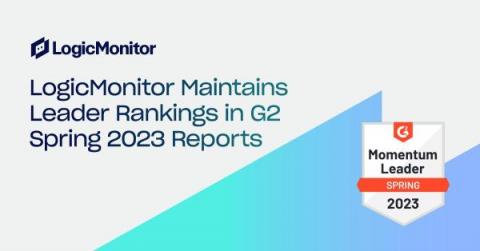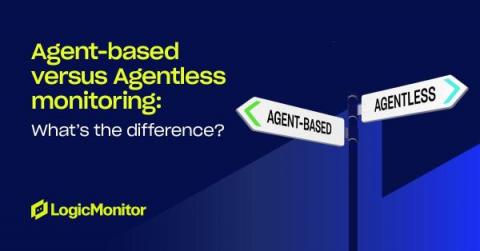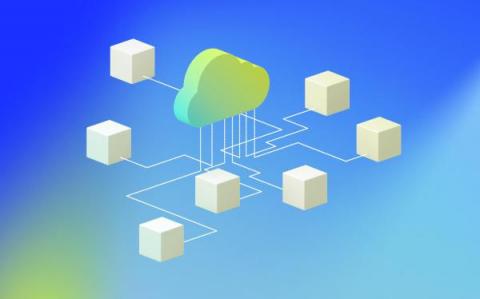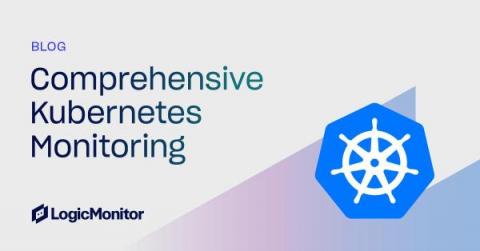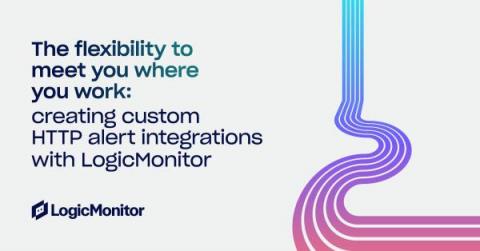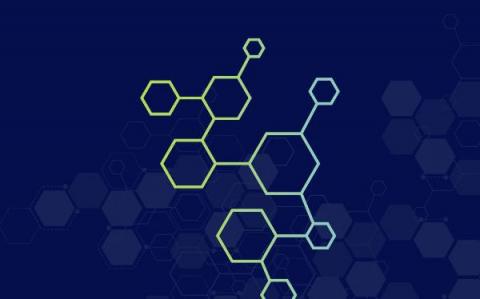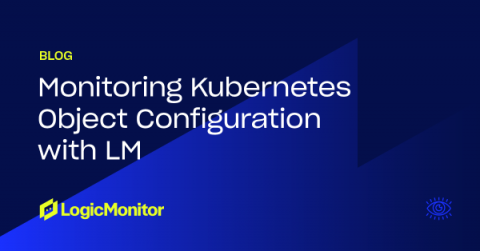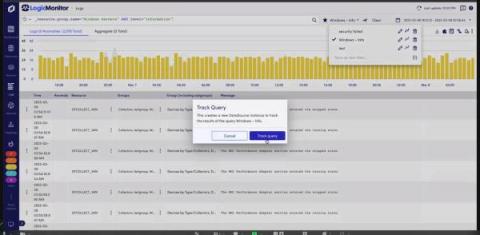LogicMonitor Maintains Leader Rankings in G2 Spring 2023 Reports
G2’s Spring 2023 Reports were announced March 30, 2023, with LogicMonitor grabbing several number-one spots and Leader rankings. This recognition is based on the responses of real users featured in the G2 review form. “Rankings on G2 reports are based on data provided to us by real software buyers,” said Sara Rossio, Chief Product Officer at G2.


